Table of Contents
Past participle phrases are verb forms that describe or add detail to nouns and pronouns, often showing completed actions or states. They help make sentences more descriptive and concise, improving the flow and clarity of your writing. By using them effectively, you can create more engaging and precise communication, whether in casual or formal contexts.
What Is a Past Participle?
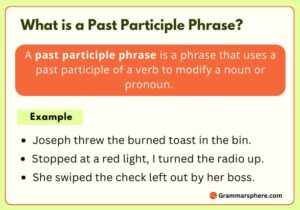
A past participle is a verb form indicating a completed action, often used with “have,” “has,” or “had” to describe events that already occurred.
For example:
Worked in “I have worked.”
Eaten in “She has eaten.”
Done in “The homework is done.”
Past Participle Phrase Structure
| Verb Type | Formation | Examples |
|---|---|---|
| Regular Verbs | Add -ed to the base verb | work → worked, play → played |
| Irregular Verbs | Takes different forms | eat → eaten, go → gone |
Uses of the Past Participle
The past participle is commonly used with helping (auxiliary) verbs in the following structures:
1. Present Perfect → have/has + past participle
- I have worked all day.
2. Past Perfect → had + past participle
- She had finished before I arrived.
3. Passive Voice → be + past participle
- The book was read by him.
Function of Past Participle Phrases
The main function of a past participle phrase is to provide additional information by describing a completed action or condition. It can act as:
1. Adjective – Modifies a noun.
- The broken window needs repair. (Describes the window)
2. Adverb – Describes how something happened.
- Shocked by the news, he sat in silence. (Explains why he sat in silence)
3. Verb Tense Component – Forms perfect tenses and passive voice.
- She has finished her work. (Present perfect)
- The book was written by her. (Passive voice)
Placement of Past Participles
| Context | Placement of Past Participle | Example | Explanation |
|---|---|---|---|
| Present Perfect | After have or has | She has eaten lunch. | Eaten follows has, showing a completed action. |
| Past Perfect | After had | They had finished their work before the meeting. | Finished follows had, indicating prior completion. |
| Passive Voice | After a form of be (am, is, are, was, were, etc.) | The letter was written by John. | Written follows was, forming the passive voice. |
| Descriptive Phrases | Used without a helping verb (in reduced clauses or adjective phrases) | The broken vase lay on the floor. | Broken describes vase as an adjective. |
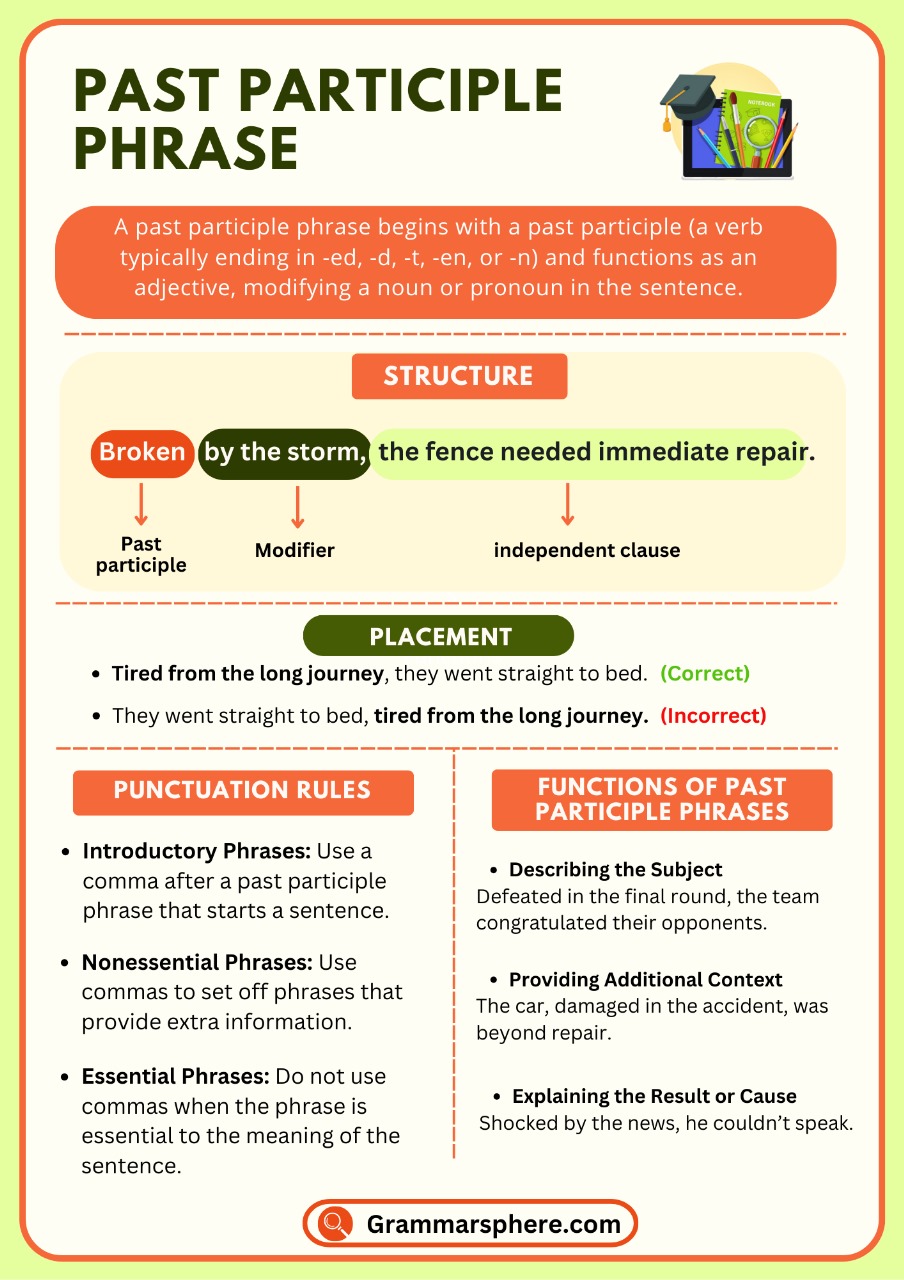
Punctuation Rules with Past Participle Phrases
Proper punctuation ensures clarity when using past participle phrases in sentences. Here are key rules to follow:
1. At the Beginning of a Sentence
A comma separates the past participle phrase from the main clause.
- Eaten by the dog, the sandwich was no longer fresh.
- Having completed the task, she felt proud.
2. In the Middle of a Sentence
Use commas if the phrase adds extra (non-essential) information.
- The book, written by a famous author, became a bestseller.
- The house, built in 1920, is still standing strong.
3. At the End of a Sentence
A comma is usually not needed, unless the phrase adds extra information.
- She went to the store, exhausted from the long day.
- The project was finished ahead of schedule.
4. As Adjectives
Punctuation depends on whether the phrase is essential or extra information.
- Essential (no commas): The man wearing a red hat is my uncle.
- Non-essential (with commas): My uncle, wearing a red hat, is standing over there.
5. In Non-Defining Clauses
Commas are required if the phrase gives extra details rather than essential meaning.
- The book, written by a famous author, was a huge success.
- The house, renovated last year, looks beautiful.
Difference Between Present Participle and Past Participle Phrases
| Feature | Present Participle Phrase | Past Participle Phrase |
|---|---|---|
| Formation | Base verb + -ing (run → running) | Regular verbs: Base verb + -ed (work → worked) Irregular verbs: Unique forms (eat → eaten) |
| Function | Describes an ongoing action or simultaneous activity | Describes a completed action or resulting state |
| Use in Sentences | Acts as an adjective or shows an ongoing action | Acts as an adjective, forms perfect tenses, or is used in passive voice |
| Example (Adjective Use) | The running dog was fast. | The broken chair needs fixing. |
| Example (Phrase Use) | Hoping to see her friends, she waited at the station. | Eaten by the dog, the sandwich was no longer fresh. |
Common Mistakes with Past Participle Phrases
1. Wrong Verb Form
❌ I have ate the cake.
✅ I have eaten the cake.
2. Confusing Past & Present Participles
❌ The book is read by many students.
✅ The book is being read by many students.
3. Using Past Participle in Continuous Tenses
❌ She is studied hard.
✅ She is studying hard.
4. Missing Helping Verb
❌ She gone to the store.
✅ She has gone to the store.
5. Using Past Participle in Active Voice
❌ The letter was wrote by him.
✅ The letter was written by him.
Example Sentences with Past Participle Phrase
- The book has been read by many people.
- The cake has been baked perfectly.
- She had written the report before the deadline.
- They have taken all the necessary steps.
- The documents have been sent to the wrong address.
- I have forgotten to call you earlier.
- The car was repaired yesterday.
- He has lost his keys again.
- The problem has been solved by the team.
- She had already finished her homework when I called.
FAQS:
What is an example of a past participial phrase?
A past participial phrase is a group of words that begins with a past participle and includes any modifiers or objects.
Example:
“Shocked by the news, she couldn’t speak.”
What are examples of present and past participle phrases?
Present Participle Phrase:
Running late, she missed the bus.
Past Participle Phrase:
Tired from the journey, he went straight to bed.
What is the past participle of “forget”?
The past participle of “forget” is forgotten.
You May Also Like

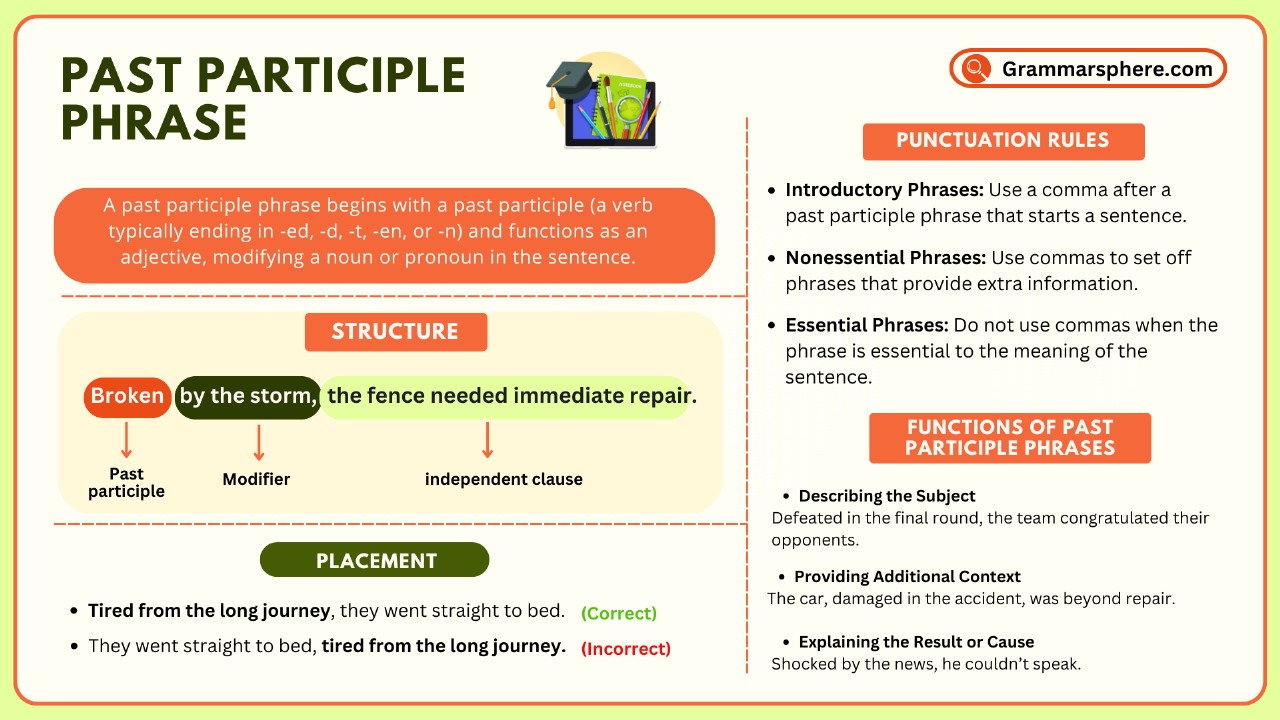
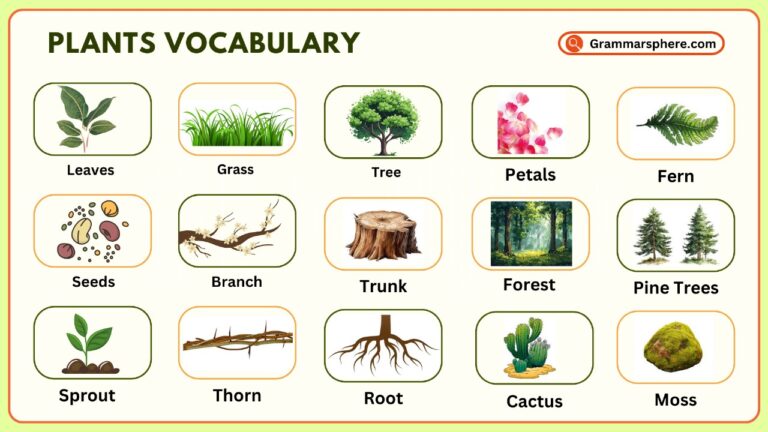
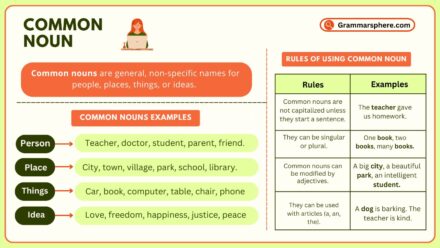
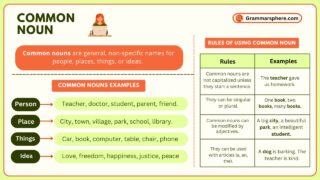
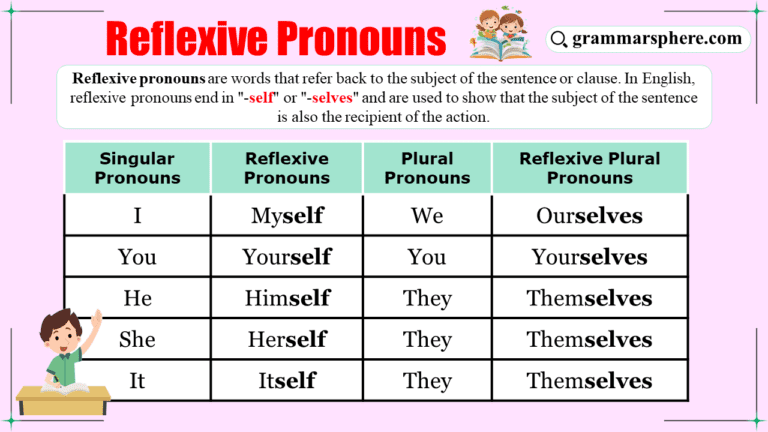
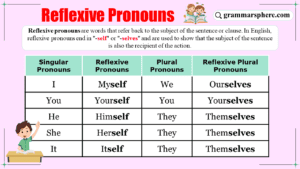
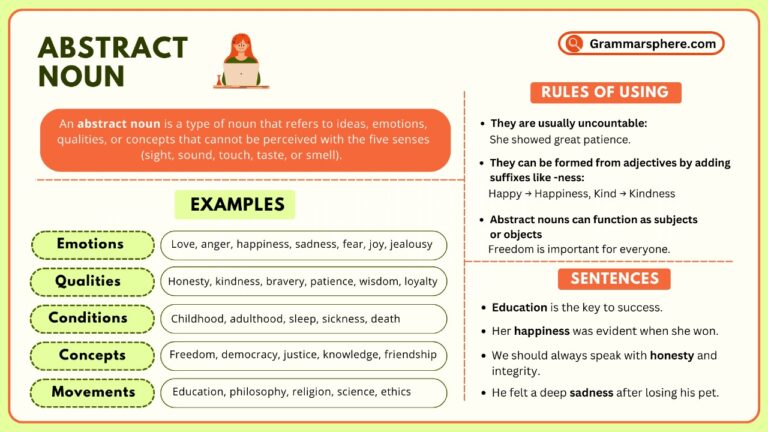
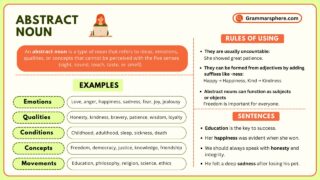
Leave a Comment